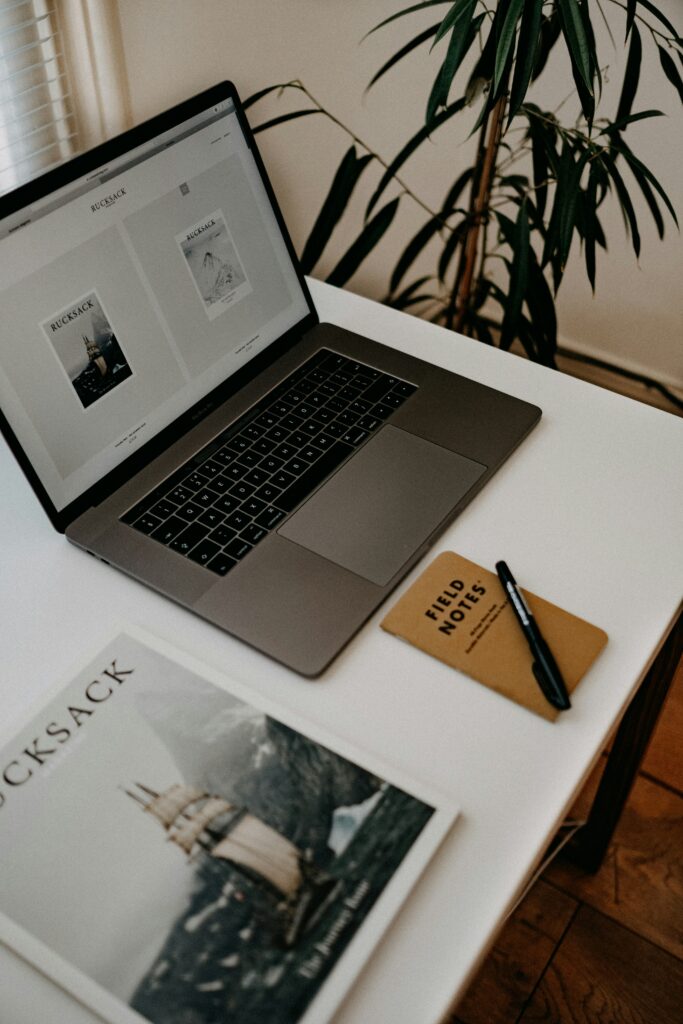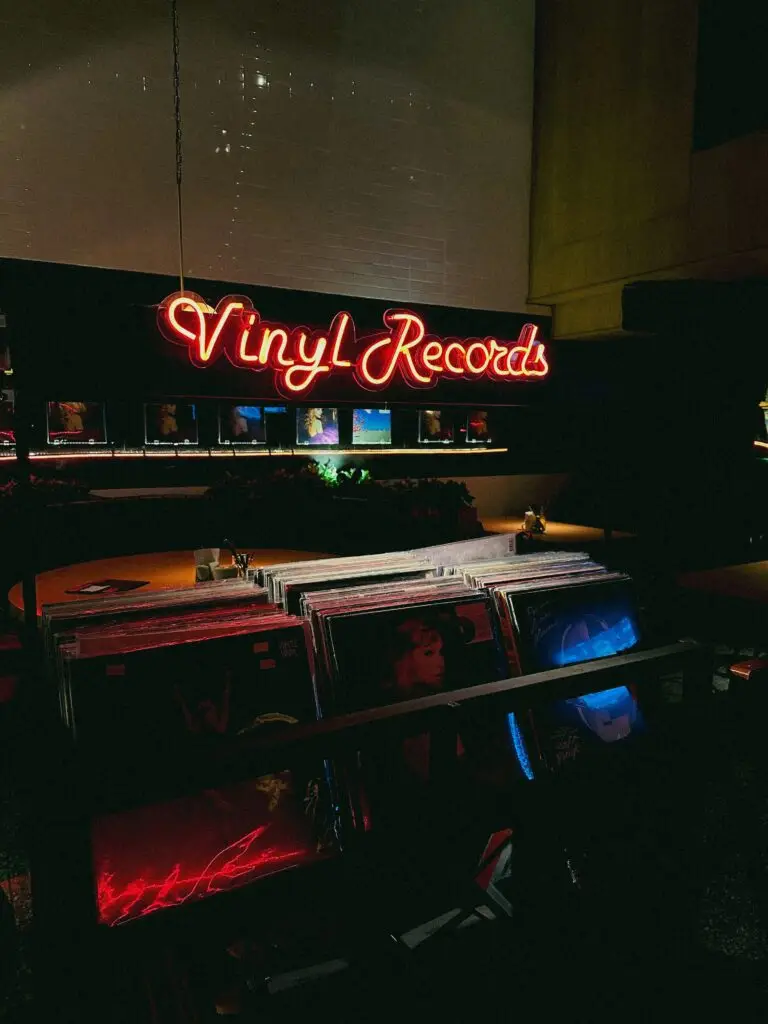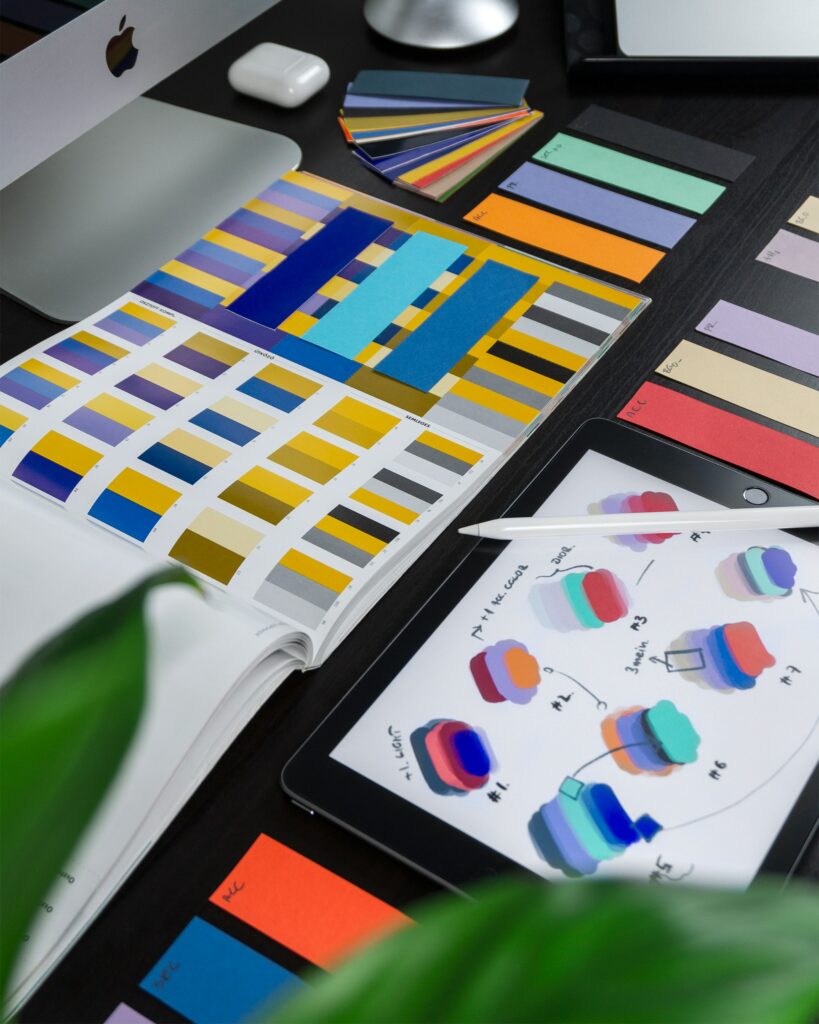How to Prepare, Execute, and Follow Up for Maximum ROI
Trade shows and conferences present a powerful opportunity to elevate your brand, connect with decision-makers, and generate high-quality leads. But showing up with a booth isn’t enough. To see a true return on your investment, you need a well-structured strategy—before, during, and after the event.
Whether you’re a seasoned exhibitor or planning your first event, this guide outlines a comprehensive framework for success. And if you’re looking to get even more from your event strategy, Wilson Marketing Co. is here to help you execute at every stage.
Phase 1: Pre-Event Preparation (4–6 Weeks Before)
1. Define Clear, Measurable Goals
Start by identifying what success looks like. Without clear objectives, it’s difficult to assess performance or guide your team’s focus.
Examples of measurable event goals include:
- Number of qualified leads collected
- Meetings booked with key prospects
- Brand impressions (via traffic, social media mentions, etc.)
- Product demos delivered
- Partnerships initiated
This clarity will inform every other aspect of your strategy—from messaging to staffing.
2. Build a Targeted Outreach Plan
Don’t wait for attendees to come to you. Identify high-value prospects, key customers, and strategic partners ahead of time.
Tactics include:
- Use LinkedIn and event attendee lists to pre-identify contacts
- Reach out to schedule meetings before the show
- Coordinate with existing partners to co-market or colocate booths
- Scout competitors to gain insights
Recommended outreach sequence:
- Initial message: Announce your attendance
- Follow-up: Share your value proposition, offer meeting times
- Final reminder: Encourage last-minute bookings
Also, plan a content series on social media to build momentum before the event—teasers, speaker mentions, giveaways, etc.
3. Optimize Your Booth Presence and Messaging
Your booth is your first impression. Make it count.
Booth must-haves:
- Clear logo and brand messaging
- Demo stations or screens
- Lead collection system (with backup)
- Product one-pagers and business cards
- Swag and giveaways aligned with your audience
- Branded attire or uniforms
Pro tips:
- Always do a demo dry run before the event
- Ask organizers for setup and shipping logistics ahead of time
- Check for hidden requirements (e.g., mandatory carpet or electrical fees)
4. Develop a Lead Capture & Qualification System
Capturing business cards isn’t enough—you need meaningful data that fuels post-event follow-up.
Your system should include:
- Digital lead forms integrated with your CRM
- Fields that capture business size, intent, and timeline
- Instant meeting scheduling for qualified leads
- Notes on conversations to personalize future outreach
A well-designed giveaway can attract more traffic and act as a qualifier. Just make sure it’s relevant to your ideal audience.
5. Promote Your Booth Before the Show
Create visibility before attendees even walk into the venue.
Promotion channels to use:
- Email campaigns to your subscriber base
- LinkedIn and Instagram posts with event hashtags
- Website banner or blog announcement
- Paid social ads, including geofenced campaigns
Also consider:
- Event-included marketing perks (some conferences offer listings or social shoutouts)
- Coordination with customer advocates or brand partners to amplify attendance
6. Plan for Subevents and Networking
The booth isn’t the only place business happens. Conferences are full of after-hours events and side gatherings—sometimes formal, sometimes not.
Make a plan to:
- Identify official subevents (happy hours, speaker dinners, panel lounges)
- RSVP early to off-site or partner events
- Attend evening mixers where relationships are built
- Host your own meetup or dinner to connect with high-value contacts
Phase 2: Maximizing Impact During the Event
1. Align on a Daily Schedule
Conferences move quickly. A clear schedule ensures your team is aligned and time is maximized.
Include:
- Booth staffing hours
- Networking event attendance
- Setup and teardown times
- Team meeting check-ins
- Travel/hotel logistics
- Breaks and meals
2. Drive Booth Engagement
First impressions happen fast—have a plan to pull attendees in.
Best practices:
- Use a 15–20 second pitch to start conversations
- Offer live demos to show real-world value
- Create interactive moments (touchscreens, contests, etc.)
- Promote real-time giveaways or social share incentives
3. Capture and Qualify Leads in Real Time
Don’t just scan badges—ask questions that separate interest from intent.
Ask:
- What’s your biggest challenge right now?
- What are you using today?
- What would a successful solution look like?
Take notes. These will guide your follow-ups and improve close rates.
4. Share Content While You’re There
Live content keeps your audience engaged beyond the show floor.
Tactics include:
- Share behind-the-scenes booth content
- Post speaker takeaways or trends
- Tag attendees, speakers, or influencers in your posts
- Go live with a short Q&A or demo
5. Network Beyond the Booth
The value of a conference often comes from the conversations you didn’t plan.
Make time to:
- Attend panels, keynotes, and breakouts
- Introduce yourself to fellow exhibitors
- Join roundtables or lounges
- Be visible at partner events or client dinners
Phase 3: Post-Event Follow-Up and Lead Conversion
1. Organize and Prioritize Your Leads
Sort contacts into tiers based on urgency and value.
- Hot leads: Follow up within 24–48 hours
- Warm leads: Reach out within a week
- Cold leads: Add to a nurturing email sequence
2. Send Personalized Follow-Ups
Generic emails won’t convert. Reference the specific conversation and offer a clear next step.
Sample follow-up email:
Subject: Great Connecting at [Event Name]
Hi [First Name],
It was a pleasure meeting you at [Event Name]. I really enjoyed our discussion about [topic]. As promised, here’s the resource I mentioned.
Let’s find a time to continue the conversation: [Insert booking link]
Best,
[Your Name]
3. Repurpose Event Content
Keep the momentum going after the event.
Content ideas:
- Event recap blog with highlights and takeaways
- Short video clips from demos or speaker sessions
- Social posts tagging attendees, clients, or sponsors
- Email newsletter feature on what your team learned
4. Evaluate Event Performance
You can’t improve what you don’t measure.
Assess:
- Number of leads vs. goals
- Meetings booked post-event
- Traffic spikes from paid ads or landing pages
- Feedback from your team on what worked (or didn’t)
Use these insights to refine your strategy for the next event.
Final Thoughts: Strategic Events Drive Results
Trade shows and conferences can be powerful growth drivers—but only if approached with intention. From logistics to lead capture, a great event strategy blends brand clarity, operational planning, and performance tracking.
At Wilson Marketing Co., we work with companies to build event marketing systems that deliver real ROI. Whether you need a trade show playbook, branded collateral, paid campaign support, or full event execution—we can help.




